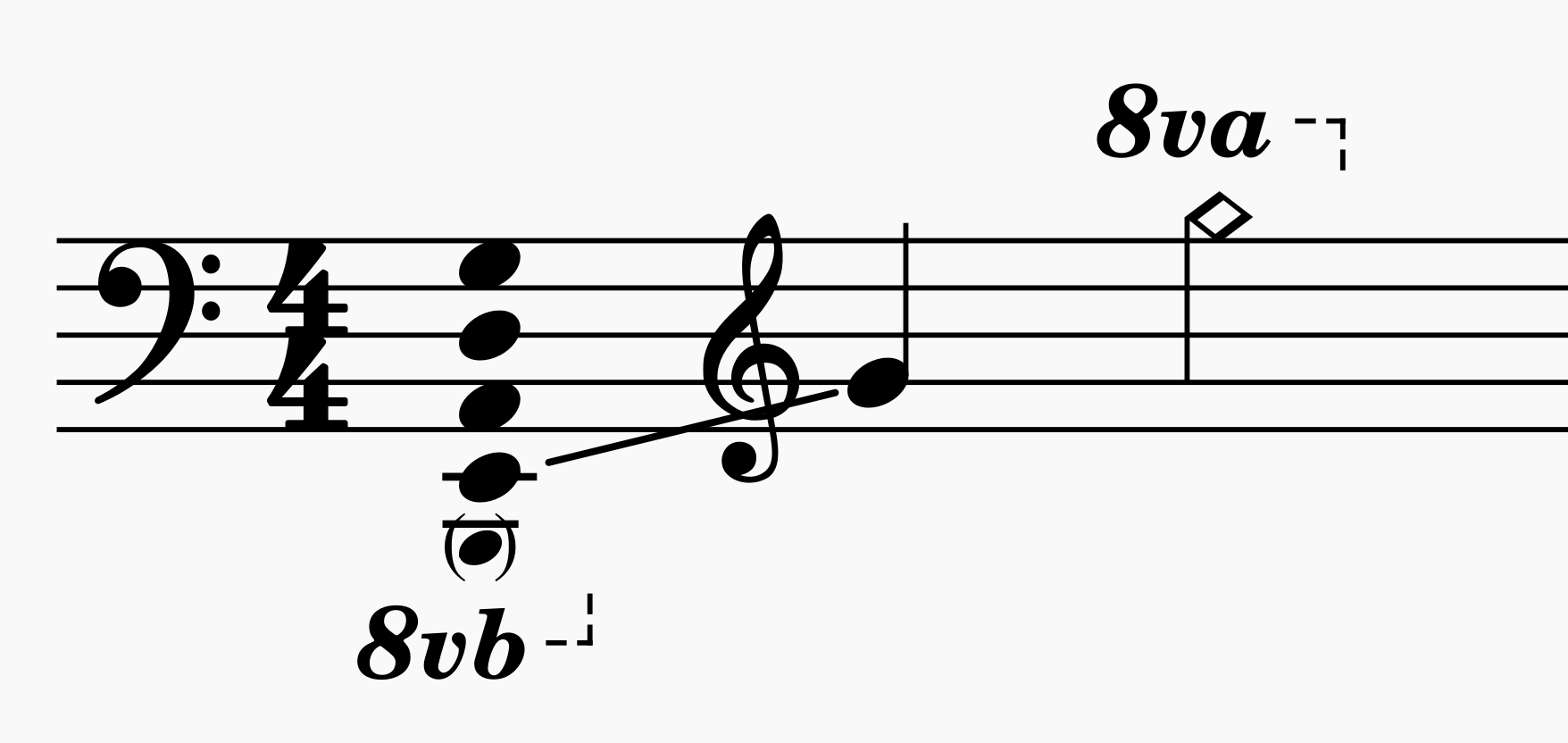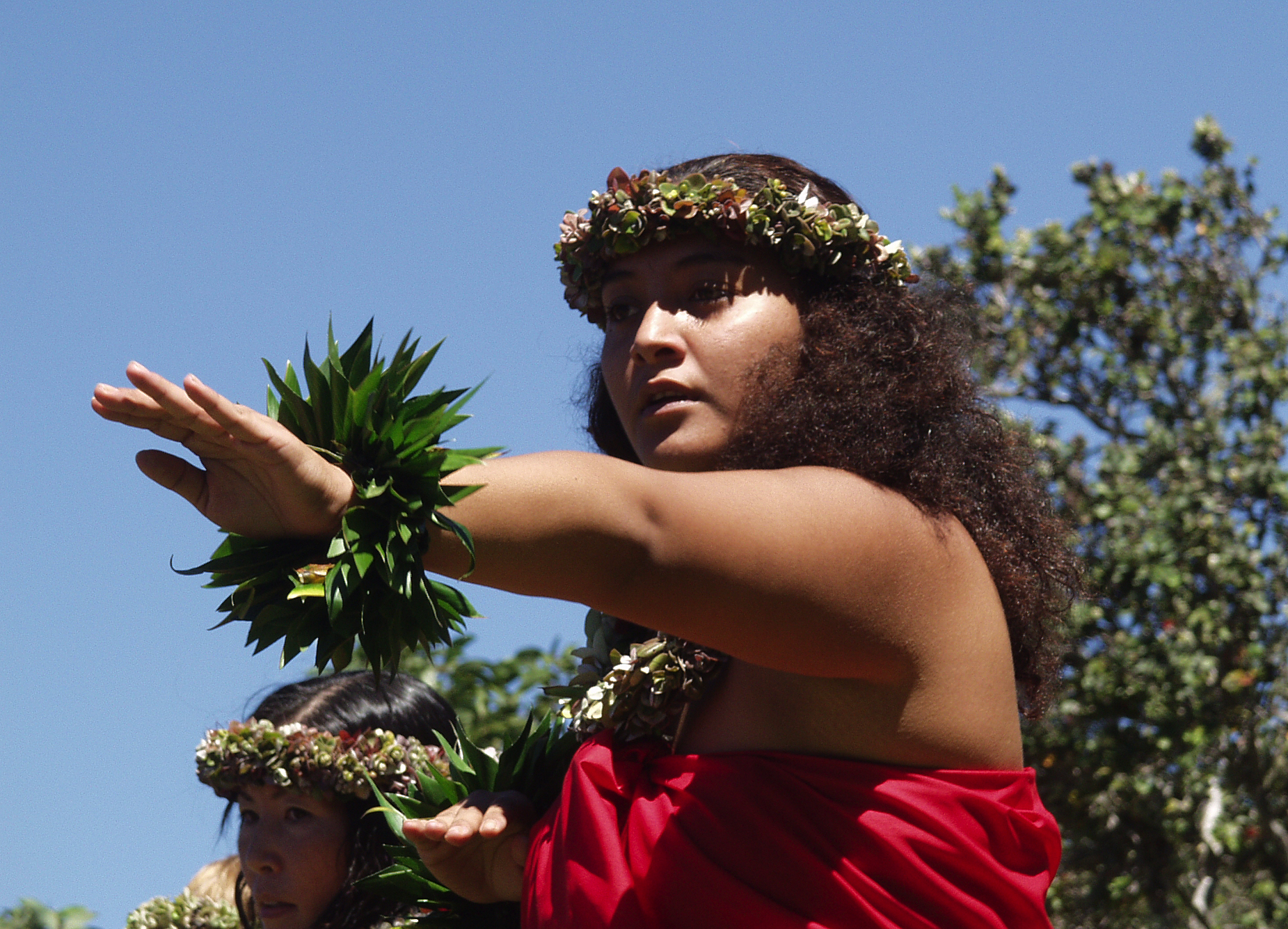|
Guava Jam
''Guava Jam: Contemporary Hawaiian Folk Music'' is a record by The Sunday Manoa, of Hawaiian folk music, released in 1969, advancing the Second Hawaiian Renaissance in the 1970s. The Sunday Manoa consisted of Peter Moon and the brothers Robert and Roland Cazimero. Track listing #"Kawika" (a mele inoa) - (4:55) #"Only You" (Paul Meheula) - (3:51) #"Heha Wai'pi'o" - (3:05) #"Kaulana 'O Waimanalo" ( Sam Naeole) - (2:54) #"Ka'ililauokekoa" (Henry Waiau) - (3:10) #"Mehameha" (Rick Bibbs, Peter Moon; English translation by Alice Namakelua) - (2:52) #"He Hawai'i Au" (Ron Rosha, Peter Moon; English translation by Alice Namakelua)- (3:45) #"Maika'i Ka Makani O Kohala" (W.J. Sheldon) - (3:40) #"Ka La'i 'Opua" - (2:25) #"Poli Pumehana" (J. Kaahiki) - (2:43) #"Guava Jam" - (2:15) Personnel * Peter Moon - pahu, kālaau, ukulele, tiple, vocals, slack-key guitar, requinta (a small, antique guitar design of Spanish origin) *Robert Cazimero - ulīulī, ipu, bass guitar, vocals, ukule ... [...More Info...] [...Related Items...] OR: [Wikipedia] [Google] [Baidu] |
The Sunday Manoa
Peter Moon (August 25, 1944 – February 17, 2018) was an American ukulele and slack-key guitar player. Career Peter Moon was born in Honolulu on the island of Oahu, Oʻahu to parents of Korean and Chinese descent, Wook Moon and Shay-Yung Moon (née Zen). He graduated from President Theodore Roosevelt High School, Roosevelt High School in 1962 and from the University of Hawaii at Manoa in 1968. From the late 1950s through the 1960s, he gained musical inspiration, insight, and knowledge; playing as a Maile Serenader with Gabby Pahinui, Gabby "Pops" Pahinui in the 1960s. Later, in the 1970s, he also served as Gabby's manager. Soon after, Moon became a founding member of The Sunday Manoa, along with Palani Vaughn, Albert "Baby" Kalima Jr., and Cyril Pahinui (one of Gabby's sons). After Vaughan and Cyril left the group, Moon released another album (Hawaiian Time) with Kalima and Cyril's older brother, "Bla" Pahinui. Kalima and Pahinui moved on and Moon remained the only member and rec ... [...More Info...] [...Related Items...] OR: [Wikipedia] [Google] [Baidu] |
Pahu
The term "pahu" is a general word for drum in Hawaiian culture however, there are a variety of them. To fully understand the "pahu" as it pertains to dance, it's important to consider the following explanation. Since the mid-1800s, the term "hula" has been widely used to encompass all aspects of Hawaiian dance. Historically, however, ancient Hawaiians used two distinct terms to describe dance movements. "Hula" specifically referred to formalized dance performed by humans in non-sacred contexts. In contrast, "haʻa" was the term used for formalized movements performed in sacred or mourning contexts. "Haʻa" was also performed by deities and non-human entities, including personified natural forces like flowers, birds, trees, winds, or lava, as well as puppets (kiʻi). The confusion between "hula" and "haʻa", particularly regarding the sacred nature of the dance, is largely attributed to Emerson, who did not differentiate between the two in early written accounts. Example: In a ... [...More Info...] [...Related Items...] OR: [Wikipedia] [Google] [Baidu] |
12 String Guitar
A twelve-string guitar (or 12-string guitar) is a steel-string guitar with 12 strings in six courses, which produces a thicker, more ringing tone than a standard six-string guitar. Typically, the strings of the lower four courses are tuned in octaves, with those of the upper two courses tuned in unison. The gap between the strings within each dual-string course is narrow, and the strings of each course are fretted and plucked as a single unit. The neck is wider, to accommodate the extra strings, and is similar to the width of a classical guitar neck. The sound, particularly on acoustic instruments, is fuller and more harmonically resonant than six-string instruments. The 12-string guitar can be played like a 6-string guitar as players still use the same notes, chords and guitar techniques like a standard 6-string guitar, but advanced techniques can be challenging as players need to play or pluck two strings simultaneously. Structurally, 12-string guitars, especially those built ... [...More Info...] [...Related Items...] OR: [Wikipedia] [Google] [Baidu] |
Guitar
The guitar is a stringed musical instrument that is usually fretted (with Fretless guitar, some exceptions) and typically has six or Twelve-string guitar, twelve strings. It is usually held flat against the player's body and played by strumming or Plucked string instrument, plucking the strings with the dominant hand, while simultaneously pressing selected strings against frets with the fingers of the opposite hand. A guitar pick may also be used to strike the strings. The sound of the guitar is projected either Acoustics, acoustically, by means of a resonant hollow chamber on the guitar, or Amplified music, amplified by an electronic Pickup (music technology), pickup and an guitar amplifier, amplifier. The guitar is classified as a chordophone, meaning the sound is produced by a vibrating string stretched between two fixed points. Historically, a guitar was constructed from wood, with its strings made of catgut. Steel guitar strings were introduced near the end of the nineteen ... [...More Info...] [...Related Items...] OR: [Wikipedia] [Google] [Baidu] |
Bass Guitar
The bass guitar (), also known as the electric bass guitar, electric bass, or simply the bass, is the lowest-pitched member of the guitar family. It is similar in appearance and construction to an Electric guitar, electric but with a longer neck (music), neck and scale length (string instruments), scale length. The electric bass guitar most commonly has four strings, though five- and six-stringed models are also built. Since the mid-1950s, the bass guitar has replaced the double bass in popular music due to its lighter weight, smaller size, most models' inclusion of Fret, frets for easier Intonation_(music), intonation, and electromagnetic pickups for amplification. Another reason the bass guitar replaced the double bass is because the double bass is "acoustically imperfect" like the viola. For a double bass to be acoustically perfect, its body size would have to be twice as that of a cello rendering it unplayable, so the double bass is made smaller to make it playable. The elect ... [...More Info...] [...Related Items...] OR: [Wikipedia] [Google] [Baidu] |
Slack-key Guitar
Slack-key guitar (from Hawaiian ''kī hōalu'', which means "loosen the uningkey") is a fingerstyle genre of guitar music that originated in Hawaii. This style of guitar playing, which has been used for centuries, involves altering the standard tuning on a guitar from E-A-D-G-B-E, so that strumming across the open strings will then sound a harmonious chord, typically an open major. This requires altering (usually loosening) or "slacking" certain strings, which is the origin of the term "slack key". The style typically features an alternating-bass pattern, played by the thumb on the lower two or three strings of the guitar, while the melody is played by the fingers on the three or four highest strings. There are as many as fifty tunings that have been used in this style of playing, and tunings were once guarded fiercely and passed down as family secrets. In the early 20th century, the steel guitar and the ukulele gained wide popularity in America, but the slack-key style remain ... [...More Info...] [...Related Items...] OR: [Wikipedia] [Google] [Baidu] |
Tiple
A tiple (, literally treble or soprano), is a particular type of guitar, typically with 10 or 12 strings but sometimes fewer, and is built in several distinct regional styles. A tiple player is called a ''tiplista''. The first written mention of an instrument called "tiple" comes from musicologist Pablo Minguet e Irol in 1752. The 12-string Colombian tiple is considered the country's national instrument. The Puerto Rican tiple characteristically has fewer than twelve strings, as do those from Cuba, Mallorca, and North America. Tiple family Colombian tiple The Colombian tiple (in Spanish: ''tiple'') is an instrument of the guitar family, similar in appearance although slightly smaller (about 18%) than a standard classical guitar. The typical fretboard scale is about 530 mm (just under 21 inches), and the neck joins the body at the 12th fret. There are 12 strings, grouped in four tripled courses. Traditional tuning from lowest to highest course is C F A D, although ma ... [...More Info...] [...Related Items...] OR: [Wikipedia] [Google] [Baidu] |
Hula
Hula () is a Hawaiian dance form expressing chant (''oli'') or song (Mele (Hawaiian language), ''mele''). It was developed in the Hawaiian Islands by the Native Hawaiians who settled there. The hula dramatizes or portrays the words of the oli or mele in a visual dance form. There are many sub-styles of hula, with the two main categories being Hula ʻAuana and Hula Kahiko. Ancient hula, performed before Western encounters with Hawaii, is called ''kahiko''. It is accompanied by chant and traditional instruments. Hula, as it evolved under Western influence in the 19th and 20th centuries, is called ''auana'' (a word that means "to wander" or "drift"). It is accompanied by song and Western-influenced musical instruments such as the guitar, the ukulele, ukulele, and the double bass. Terminology for two additional categories is beginning to enter the hula lexicon: "Monarchy" includes any hula which were composed and choreographed during the 19th century. During that time the influx ... [...More Info...] [...Related Items...] OR: [Wikipedia] [Google] [Baidu] |
Kohala, Hawaii
image:HawaiiIslandDistrict-NorthKohala.svg, The districts of the Hawaii (island), Big Island. From Northernmost, clockwise; North Kohala (highlighted), Hāmākua, North Hilo, Hawaii, Hilo, South Hilo, Hawaii, Hilo, Puna, Hawaii, Puna, Kau, Hawaii, Kaū, South Kona District, Hawaii, Kona, North Kona District, Hawaii, Kona, and South Kohala image:HawaiiIslandDistrict-SouthKohala.svg, The districts of the Hawaii (island), Big Island. From Northernmost, clockwise; North Kohala, Hāmākua, North Hilo, Hawaii, Hilo, South Hilo, Hawaii, Hilo, Puna, Hawaii, Puna, Kau, Hawaii, Kaū, South Kona District, Hawaii, Kona, North Kona District, Hawaii, Kona, and South Kohala (highlighted) Kohala () is the name of the northwest peninsula of the Hawaii (island), island of Hawaii in the Hawaiian Islands, Hawaiian Archipelago. In ancient Hawaii it was often ruled by an independent High Chief called the ''Alii Aimoku of Hawaii, Alii Nui''. In modern times it is divided into two districts of Hawaii Coun ... [...More Info...] [...Related Items...] OR: [Wikipedia] [Google] [Baidu] |
Hawaiian Folk Music
Hawaiian may refer to: * Native Hawaiians, the current term for the indigenous people of the Hawaiian Islands or their descendants * Hawaii state residents, regardless of ancestry (only used outside of Hawaii) * Hawaiian language, a Polynesian language originally spoken on the eight major islands of the Hawaiian archipelago Historic uses * things and people of the Kingdom of Hawaii, during the period from 1795 to 1893 * things and people of the Republic of Hawaii, the short period between the overthrow of the monarchy and U.S. annexation * things and people of the Territory of Hawaii, during the period the area was a U.S. territory from 1898 to 1959 * things and people of the Sandwich Islands, the name used for the Hawaiian Islands around the end of the 18th century Other uses * Hawaiian Airlines, a commercial airline based in Hawaii * Hawaiian pizza, a style of pizza topped with pineapple See also * Hawaiians (other) * Hawaiian cuisine (other) * Hawaiian Isl ... [...More Info...] [...Related Items...] OR: [Wikipedia] [Google] [Baidu] |



